Since the Leica DG 200mm f/2.8 lens was released, I’ve received a lot of email and messages asking me how is the Leica DG 100-400mm f/4-6.3 lens compared to the Leica 200mm f/2.8. Which one should I buy and almost everyone asked the question “Which lens is sharper?”. While I have used and tested both lenses quite a bit, I have never done any side by side comparison tests so I can’t really say which lens has better image quality.
But I finally got a chance to borrow both lenses and also the 1.4x and 2x teleconverter to test them side by side. Let’s have a look at the specs of both lenses first.
Panasonic Leica DG Vario-Elmar 100-400mm f/4-6.3 ASPH. POWER O.I.S.
20 Elements / 13 Groups (1 Aspherical ED, 1 UED and 2 ED Elements)
Front Filter: 72mm
Weight 985g
Dimensions: 83 x 171.5 mm
Retail Price: NZ$2130 (as of 6 Feb 2018)
Panasonic Leica DG Elmarit 200mm f/2.8 POWER O.I.S.
Front Filter Size: 77mm
15 Elements / 13 Groups (Two Ultra Extra-Low Dispersion Elements)
Weight: 1245g (1365g with 1.4x TC / 1405g with 2.0x TC )
Dimensions: 87.5 x 174 mm (87.5 x 196mm with 1.4x TC / 87.5 x 208 mm with 2.0x TC)
Retail Price: NZ$4790 including 1.4x TC (as of 6 Feb 2018)
Putting the two lenses side by side and you can see there isn’t much difference in terms of size of the lenses. On paper the Leica 200mm f/2.8 is about 250g heavier than the Leica 100-400mm. But in real life, I don’t really feel much difference when holding them on my hand.
Autofocus speed
Both lens have very fast autofocus speed when used on a Panasonic Lumix G9. The Leica 200mm f/2.8 is marginally faster and seems to hunt less when you shoot under low light but the difference is quite small.
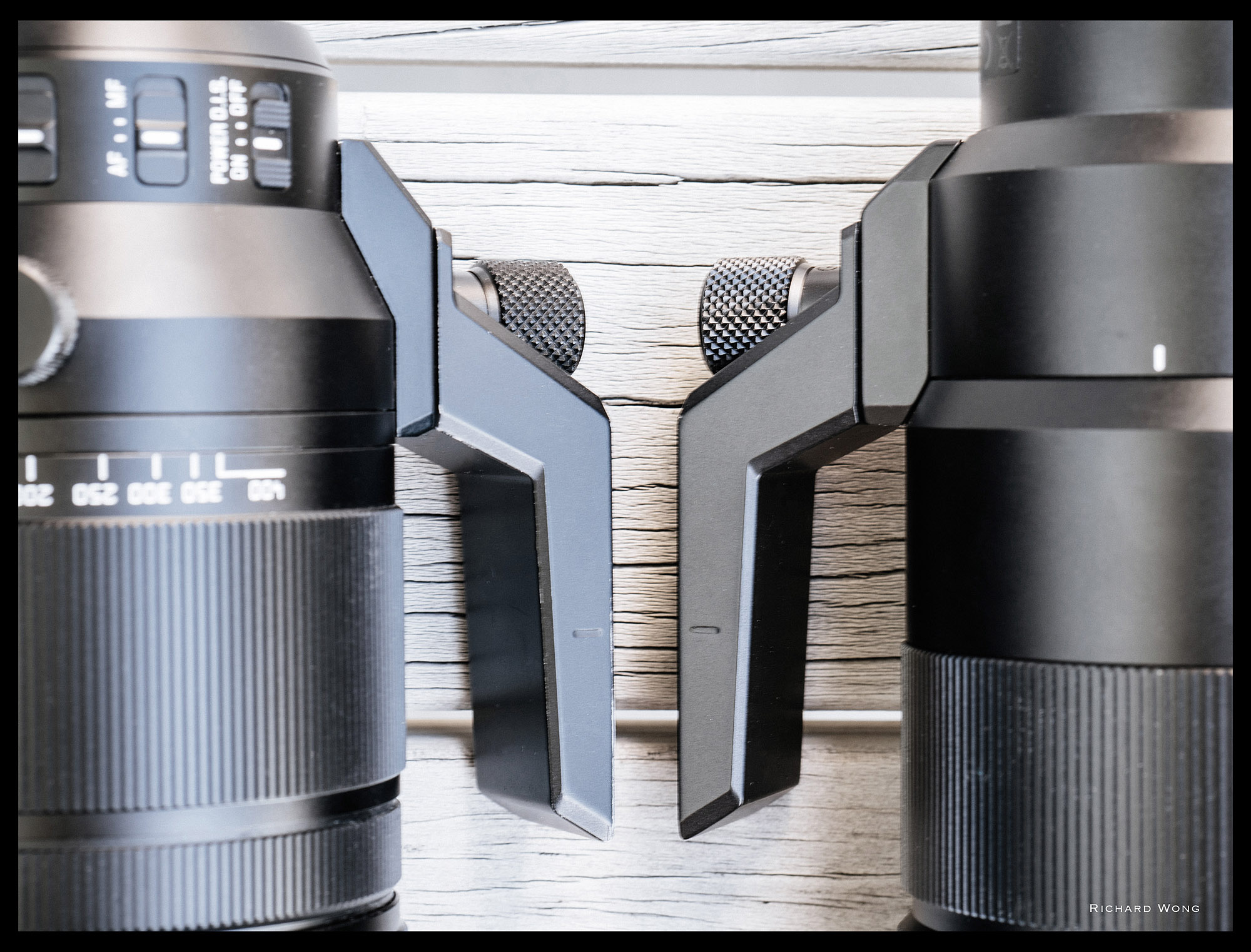 The tripod collar is exactly the same
The tripod collar is exactly the same
Sharpness Comparison
All comparison photos were shot on a Panasonic Lumix G9 in RAW converted to JPG using Adobe Photoshop CC with default settings. Instead of testing the close focus sharpness by shooting a test chart at close distance, I believe most people use these telephoto lenses to shoot objects far away so my focus target is a building at about 50m away. I took all the photos within 20 minutes period to minimise the variation in light, unfortunately when reviewing the photos I noticed the sun light wasn’t 100% consistent in all the sample photos so apologise for that.
Below are the comparison photos.
100mm
100mm Centre
100mm Corner
200mm
200mm Centre
200mm Corner
300mm
300mm Centre
300mm Corner
400mm
400mm Centre
400mm Corner
Flare and Chromatic Aberration
Both lenses have pretty good flare and chromatic aberration performance. Even when I shoot directly into the sun like the photo below, the result is still not too bad at all. Can’t say there is too much difference between the two lenses.
I guess it’s not a big surprise that the Leica 200mm f/2.8 delivers better image quality than the Leica 100-400mm f/4-6.3. But for a zoom lens that cost only half the price of the Leica 200mm f/2.8 (that is even before adding the 2.0x TC price to the price of the Leica 200mm), the Leica 100-400’s image quality is really not too bad at all. The size of the 100-400 is virtually the same as the Leica 200mm and the fact that it is a zoom lens makes it more versatile and a great choice for a lot of people.
But if you want the best image quality, the Leica 200mm f/2.8 would be the lens for you as it delivers exceptional image quality and sharpness from centre to corner. I’m really impressed by the fact that the image sharpness is already really good when you are shooting at maximum aperture, even when I have the 1.4x or 2.0x teleconverter attached. The fact that the Leica 200mm f/2.8 is so sharp at wide open means you can shoot wide open all the time without having to worry about image sharpness. You can shoot at one to two stop faster than the Leica 100-400 and get similar sharpness. It may not mean much difference when you are shooting under bright sunlight. But when you don’t have enough light, that extra one or two stop can make a huge difference to the image quality or even whether you can capture the photo or not.
Most people would be very happy with the Leica 100-400mm f/4-6.3 lens as it gives you good image quality and quite affordable (but certainly not cheap) price. But if you want the best, or you quite often have to shoot under low light condition, then you have to pay the extra price and get the Leica 200mm f/2.8 lens instead.
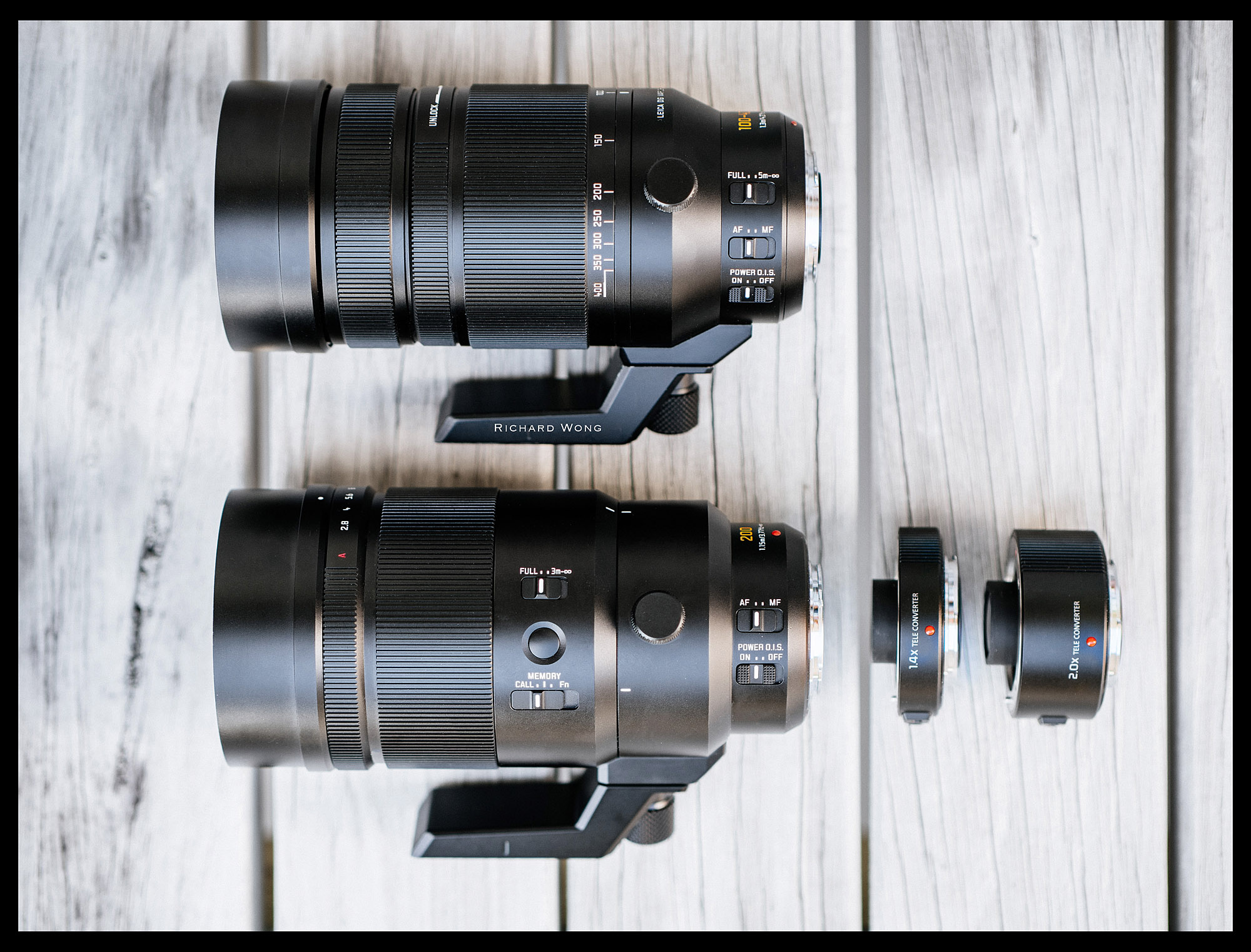
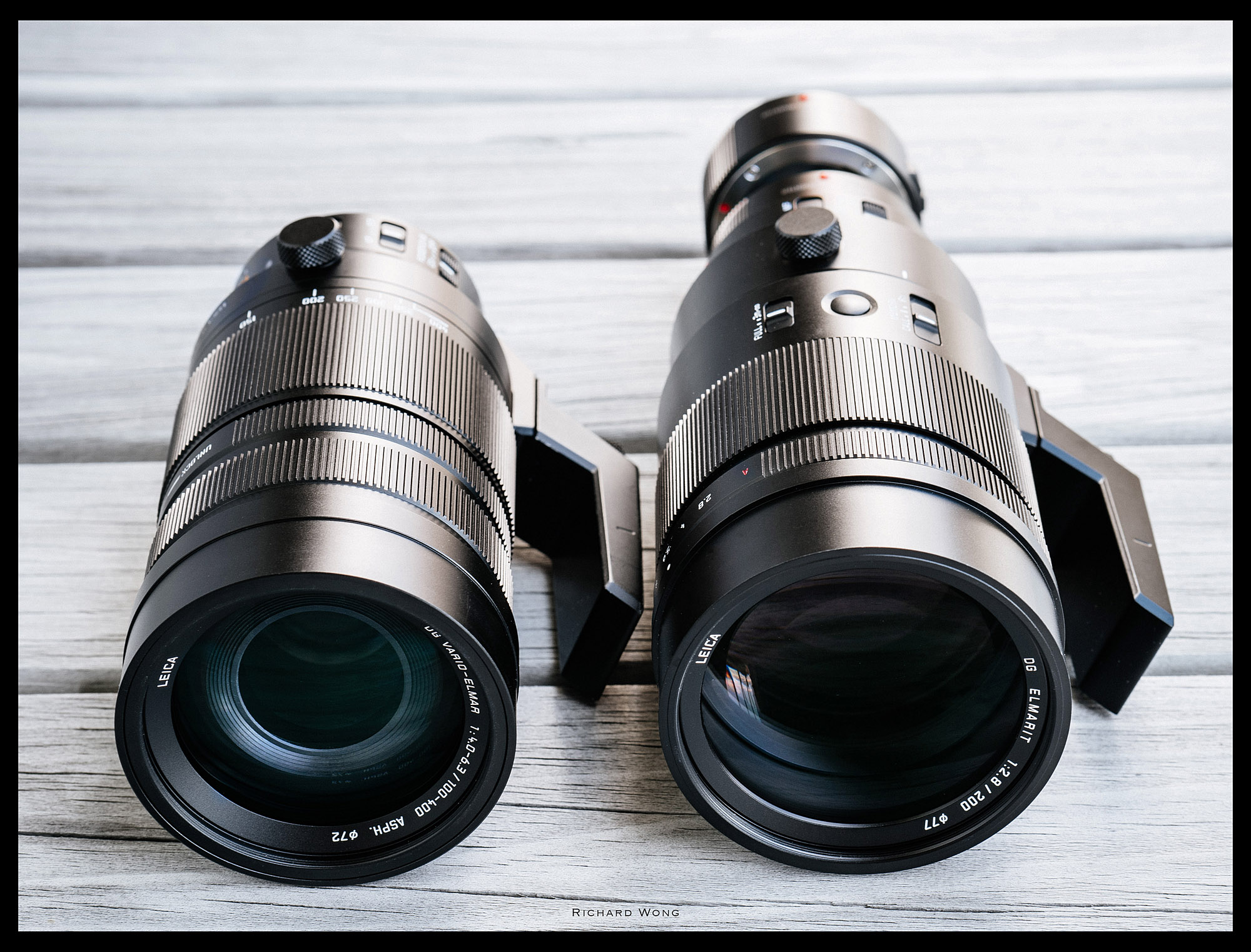

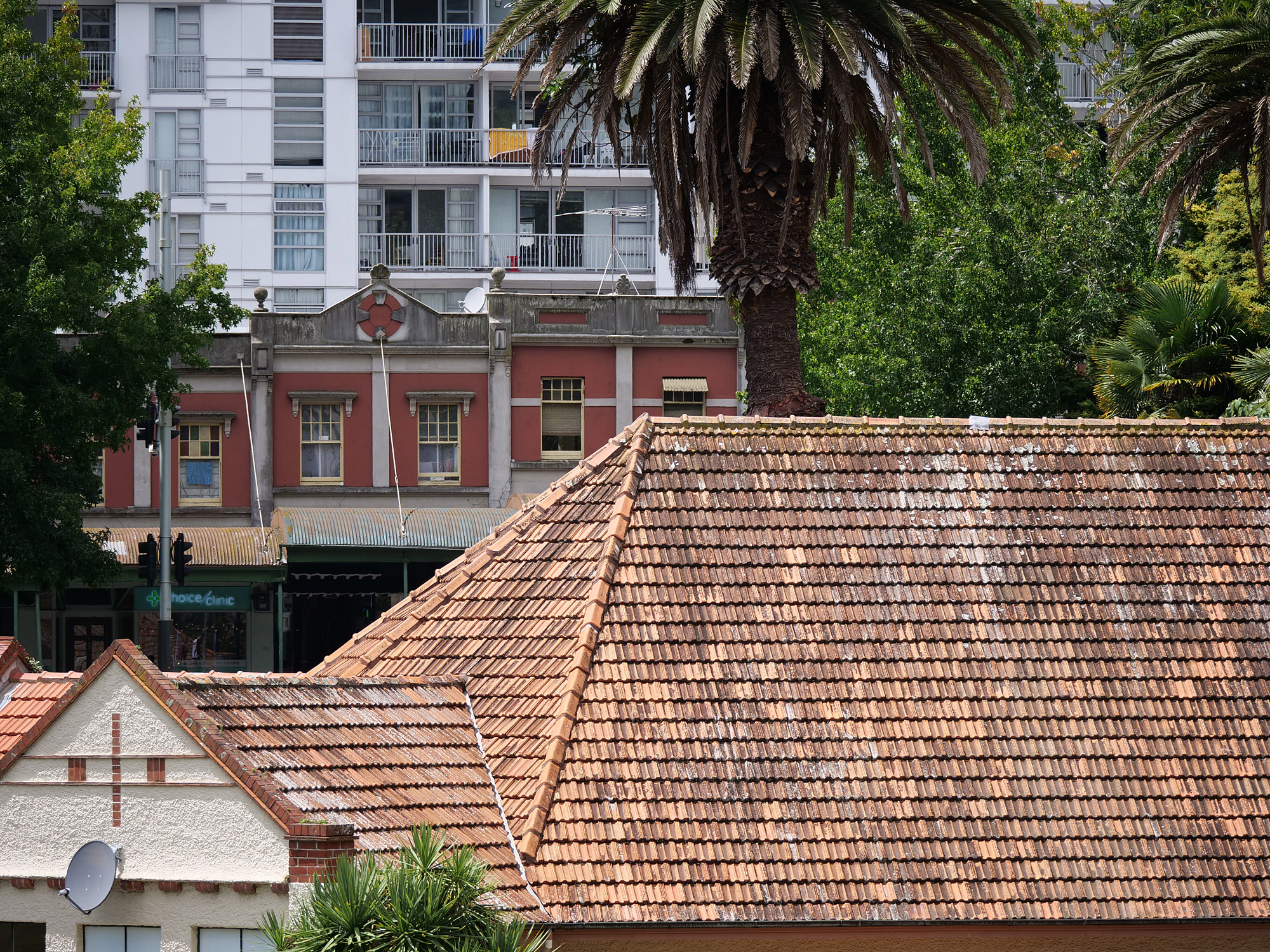
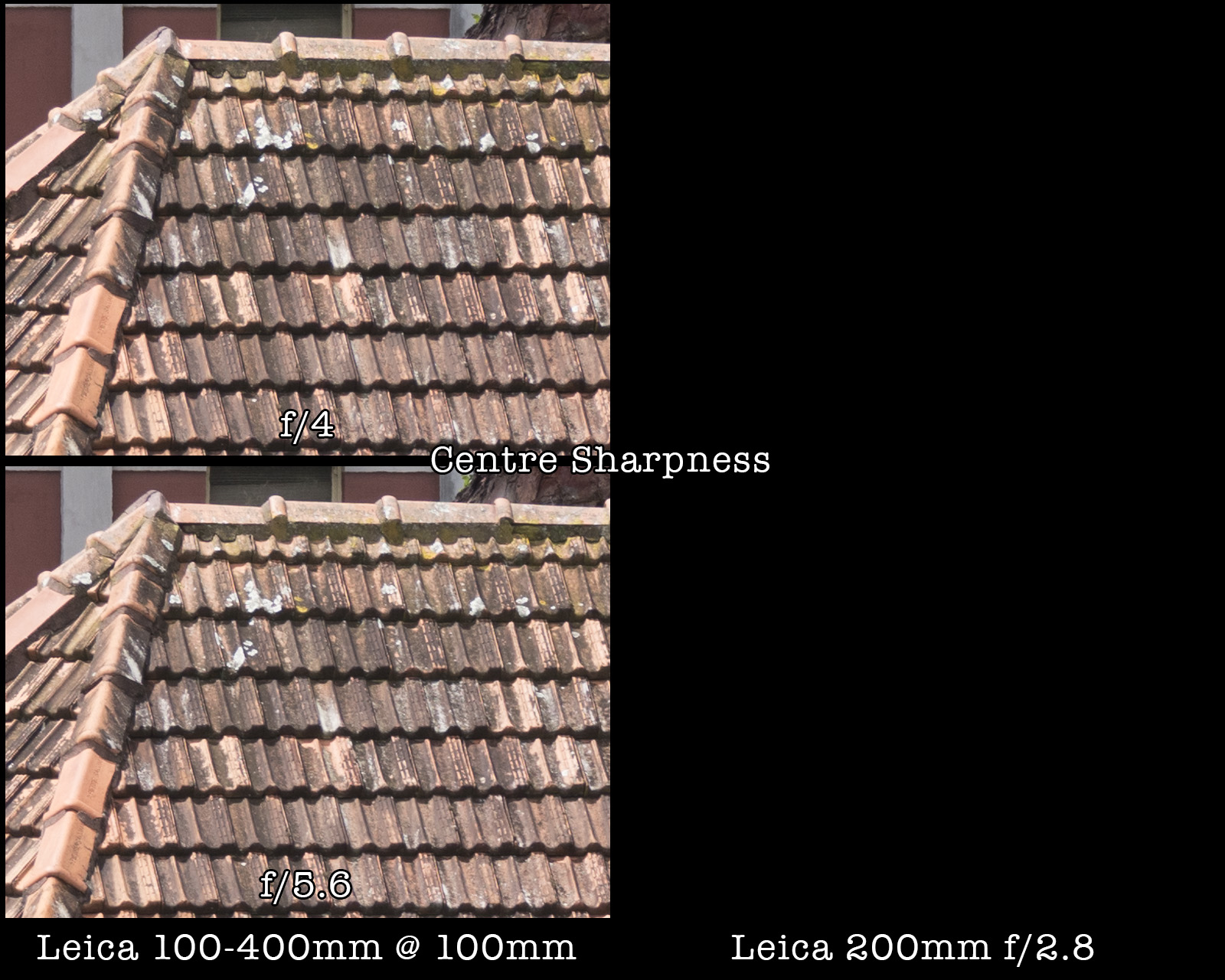

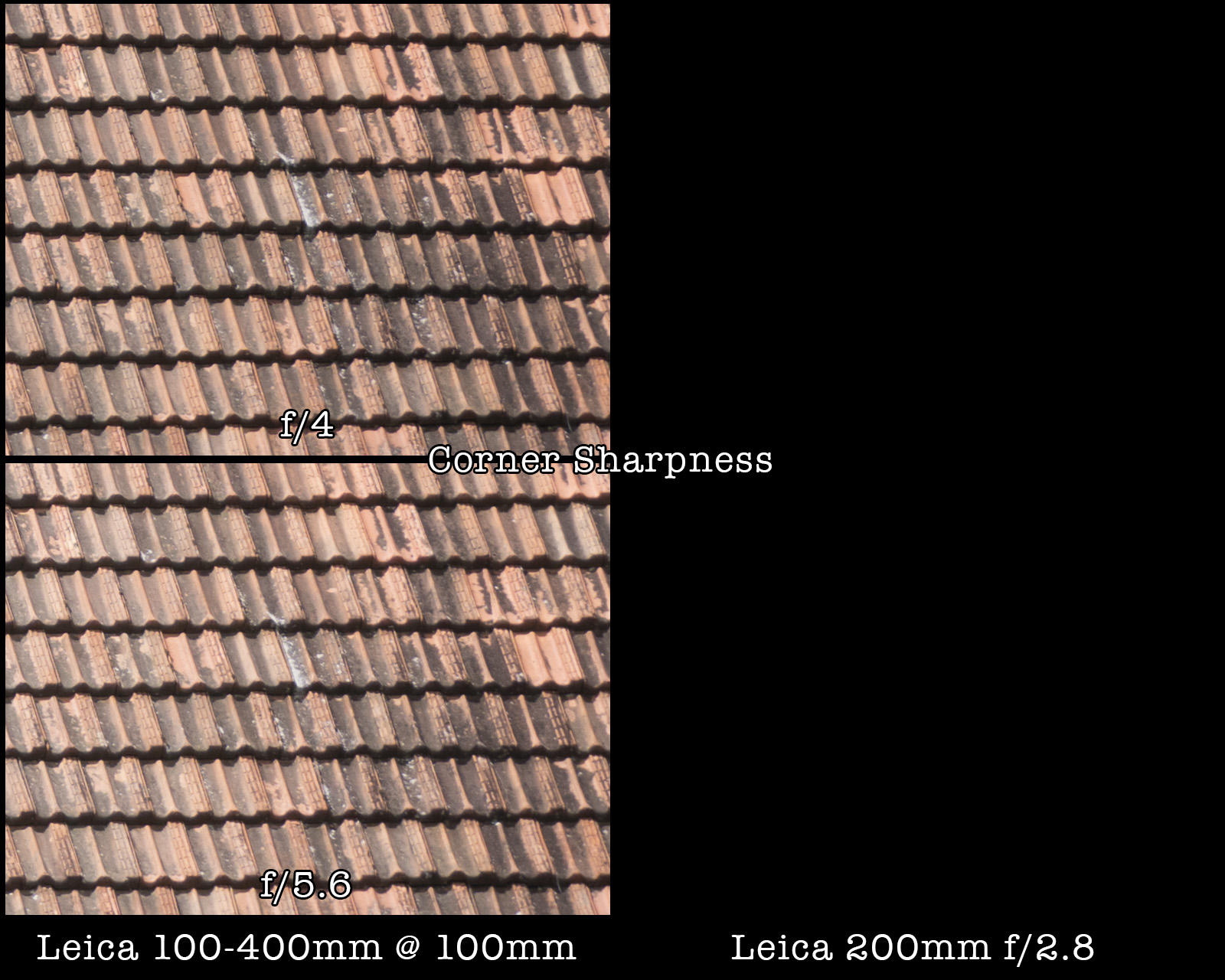
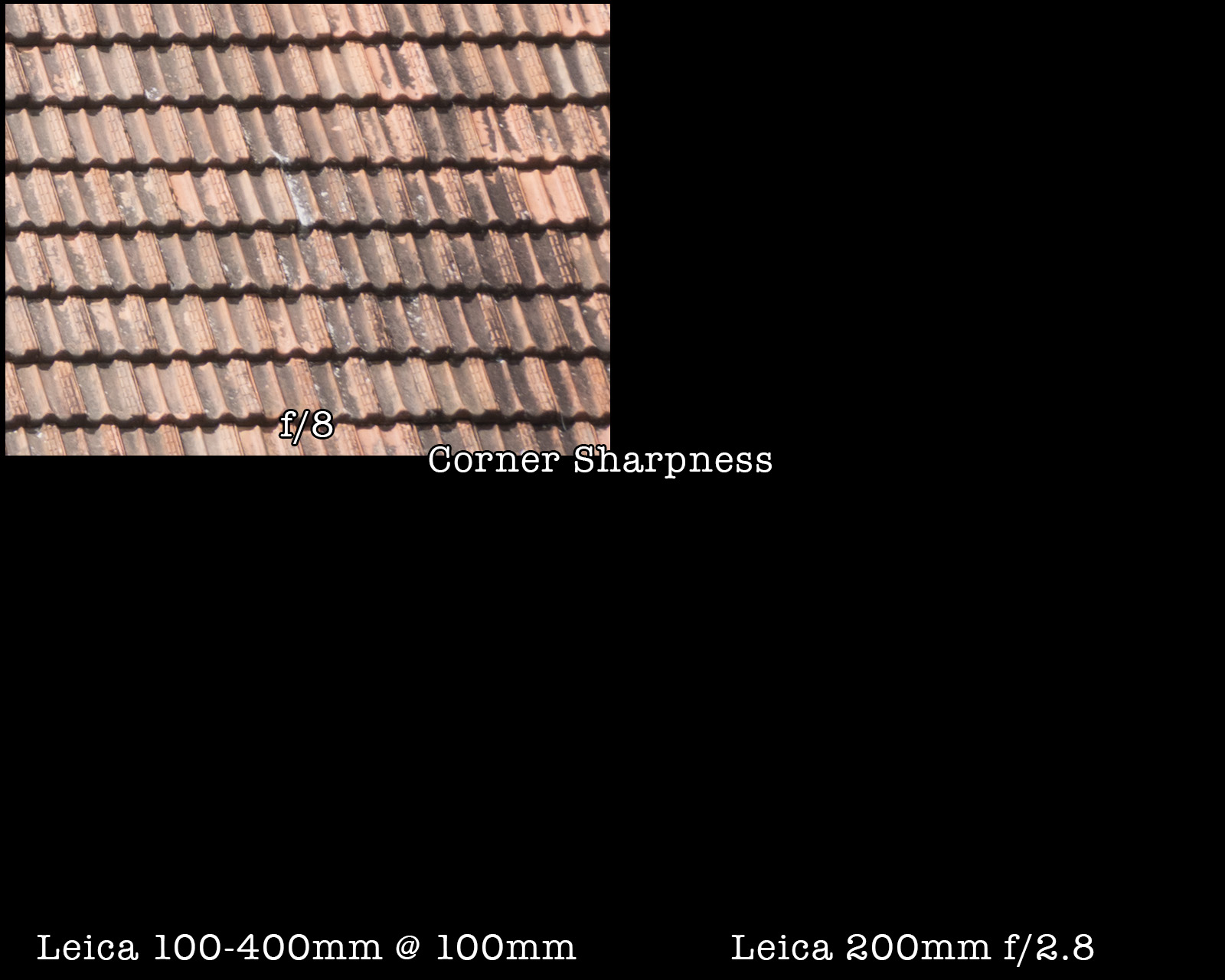
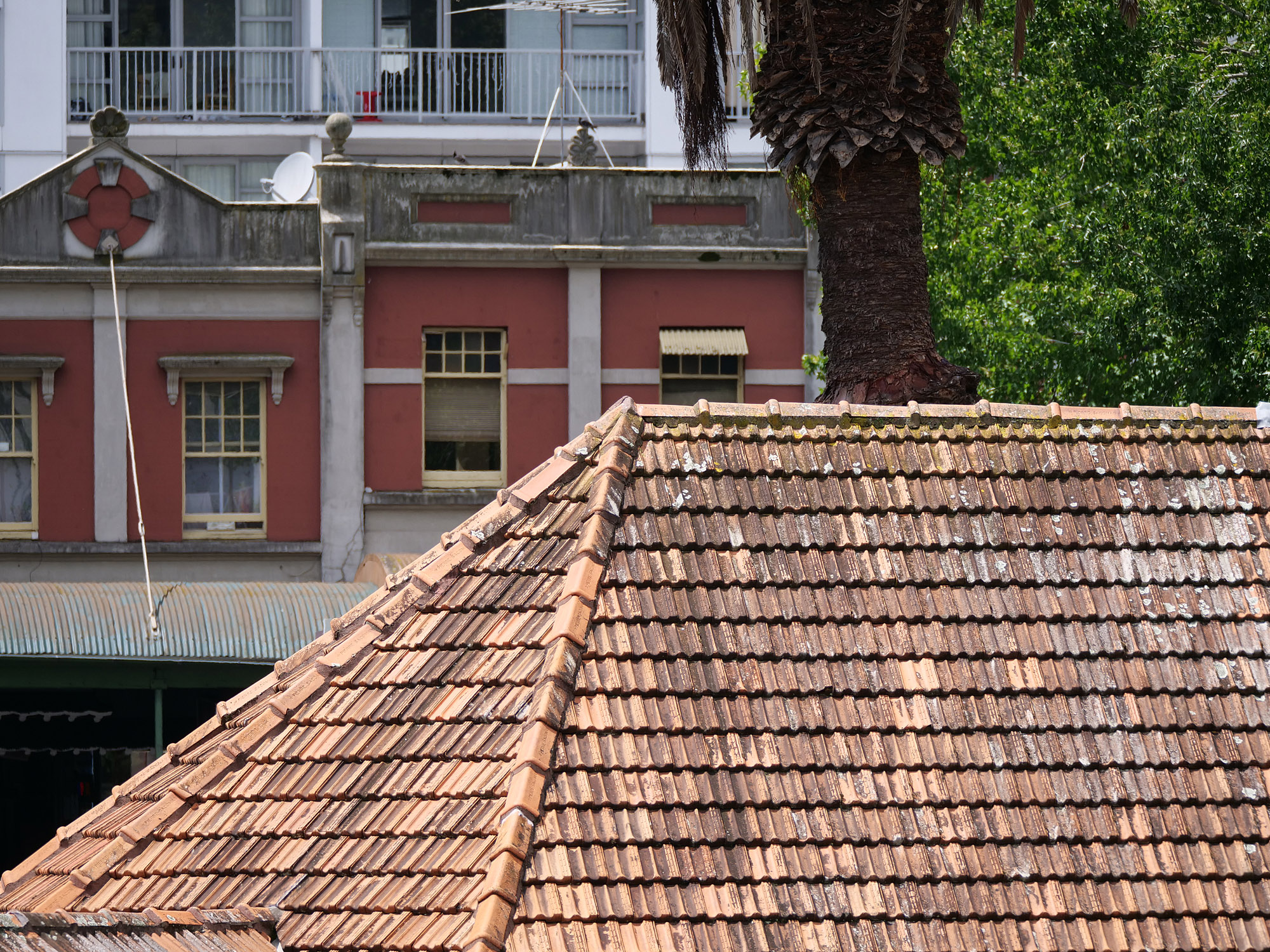
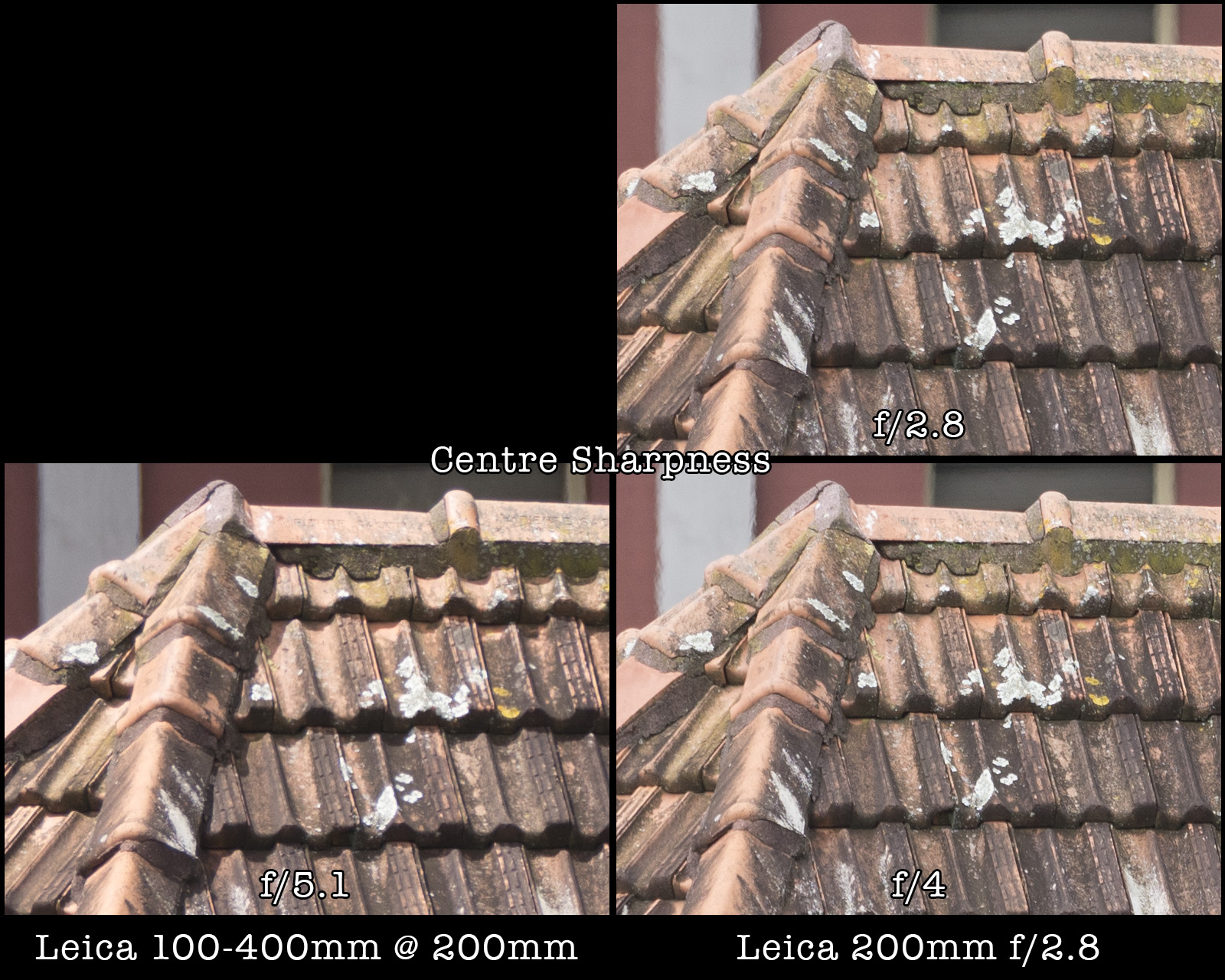
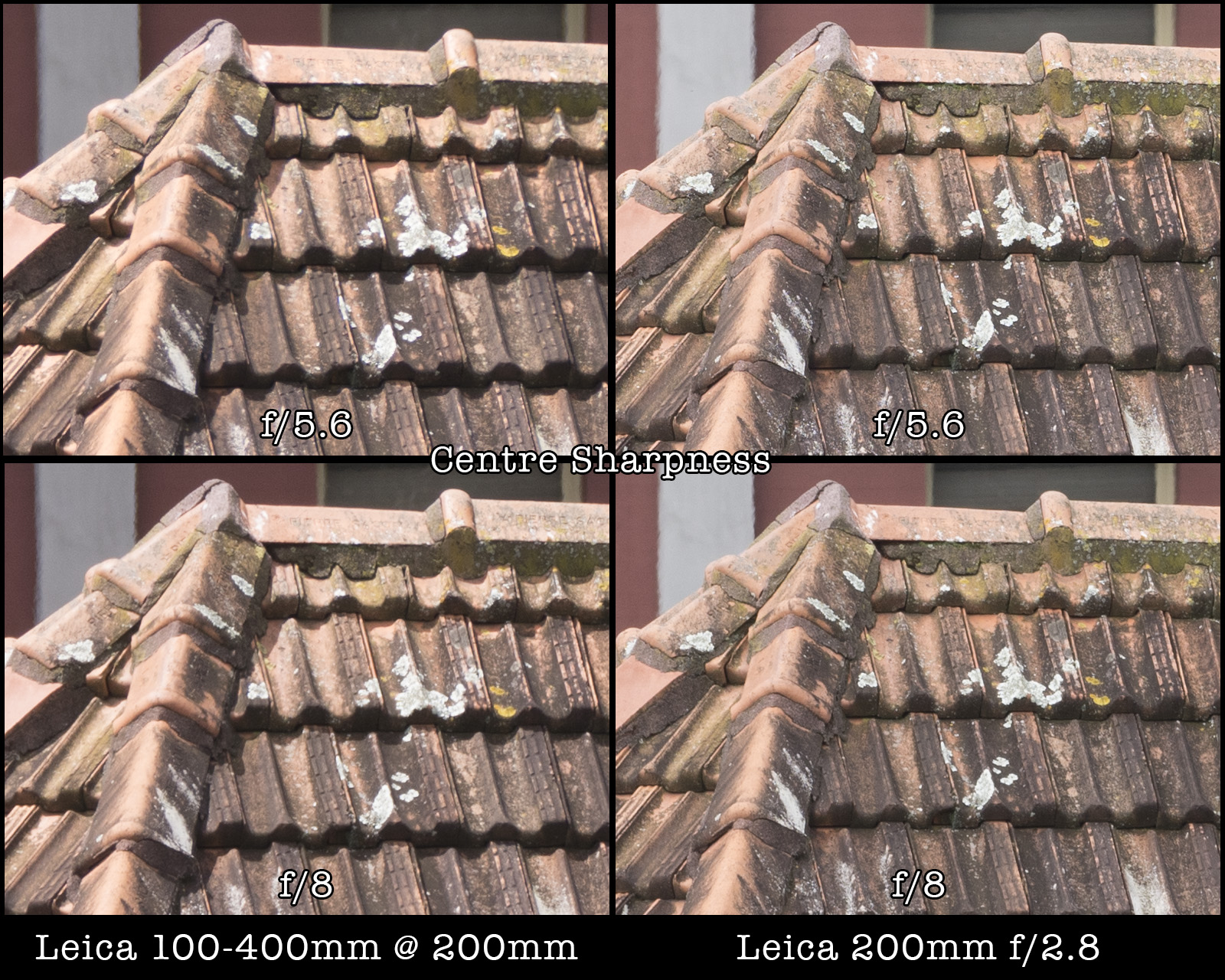
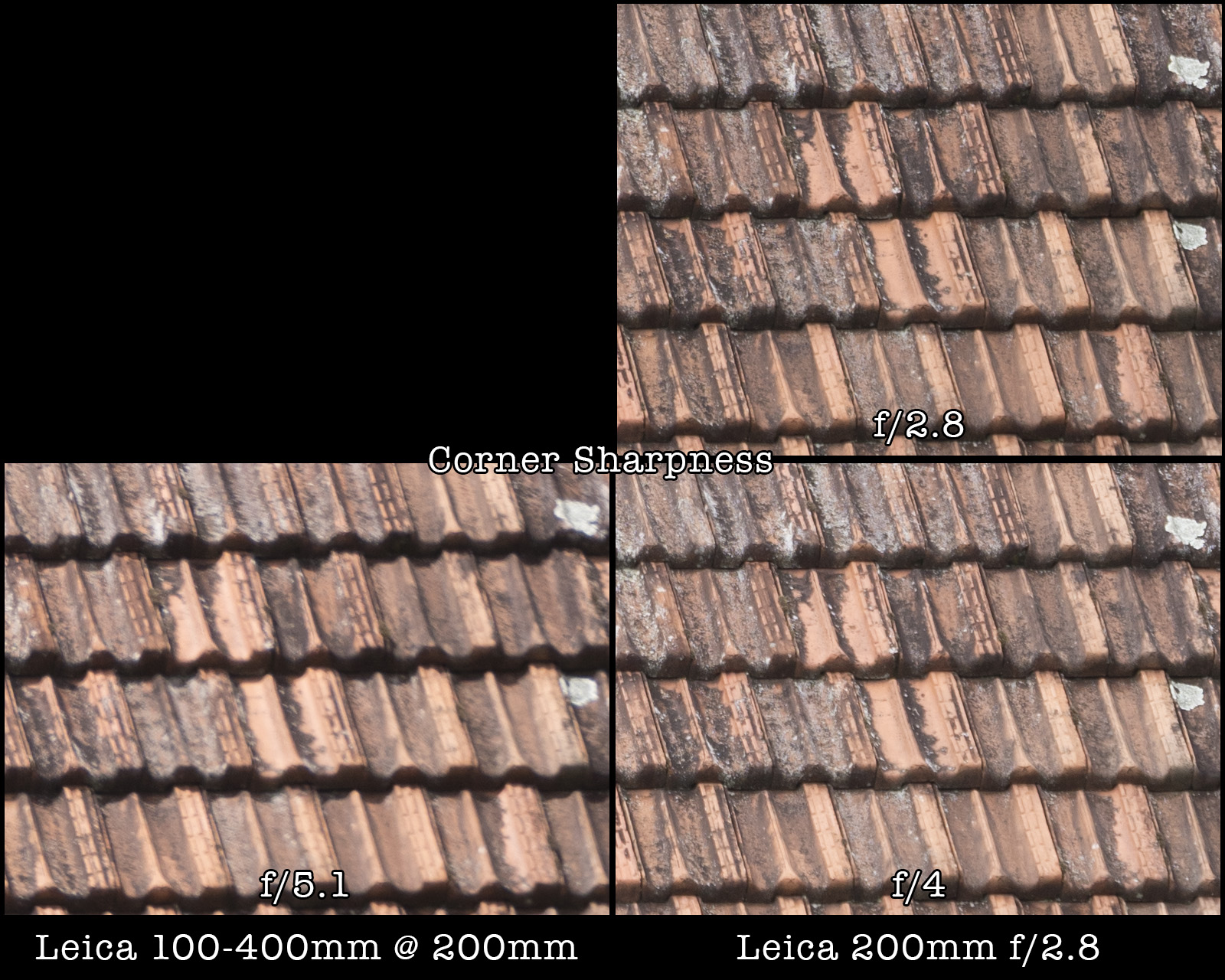
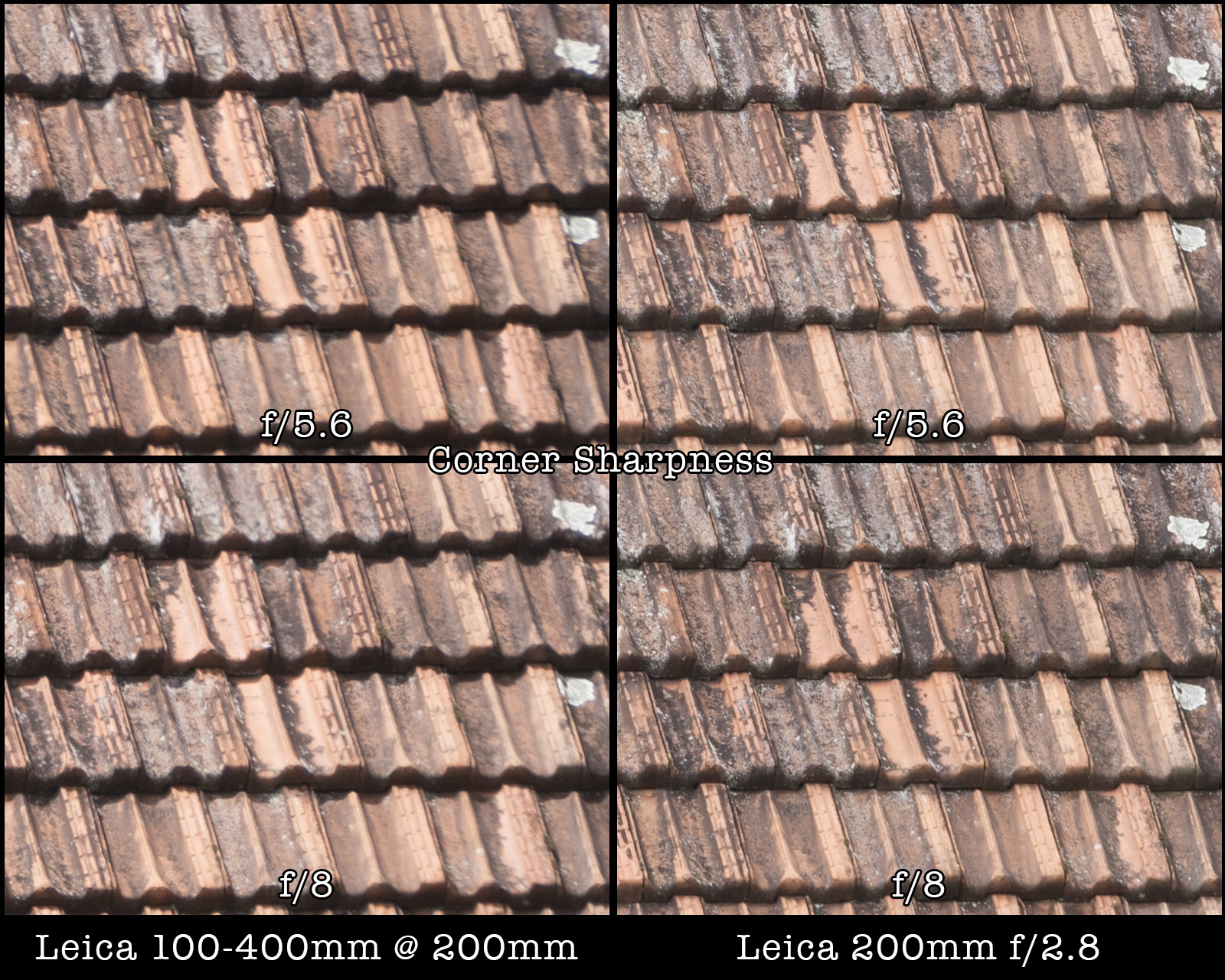


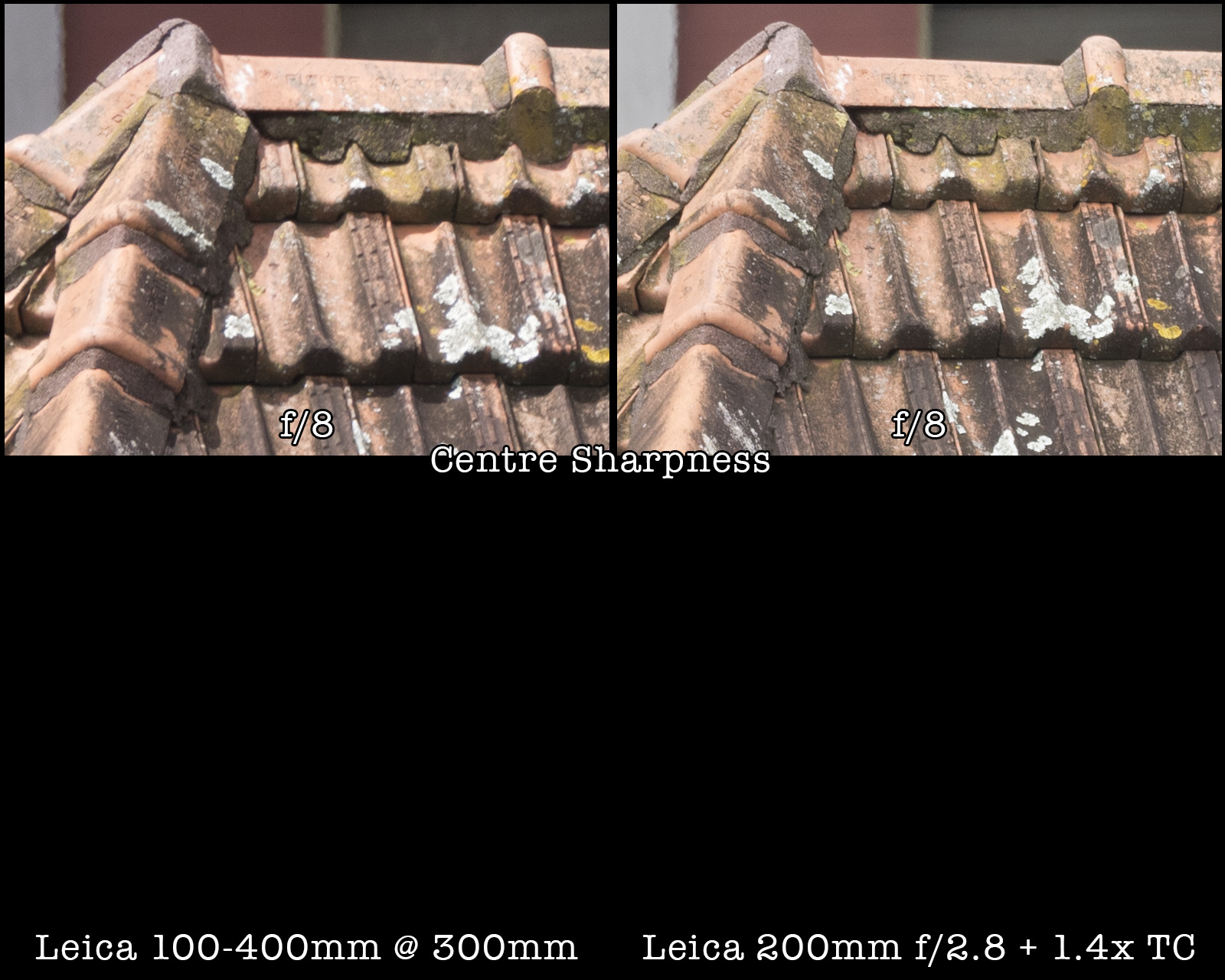
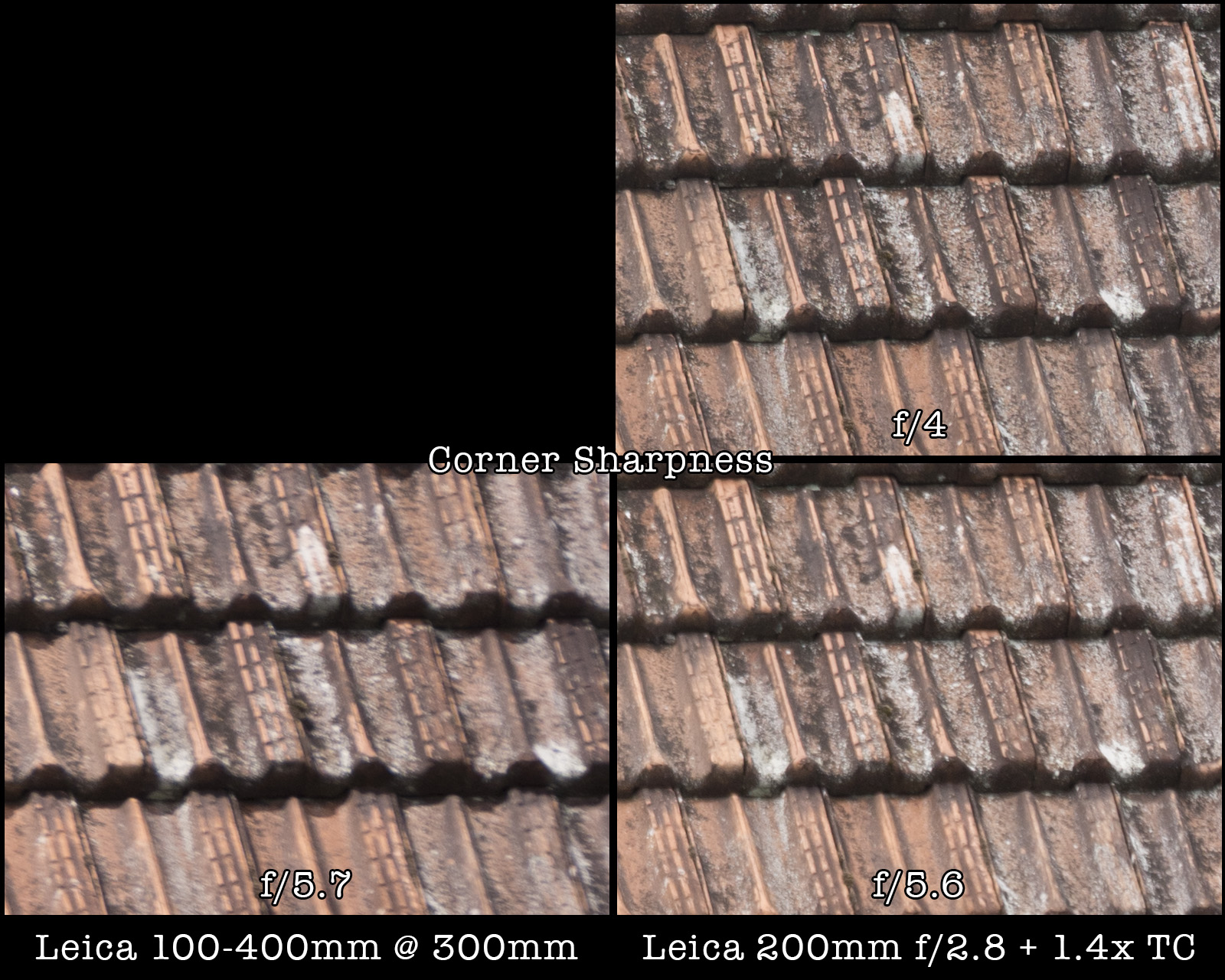
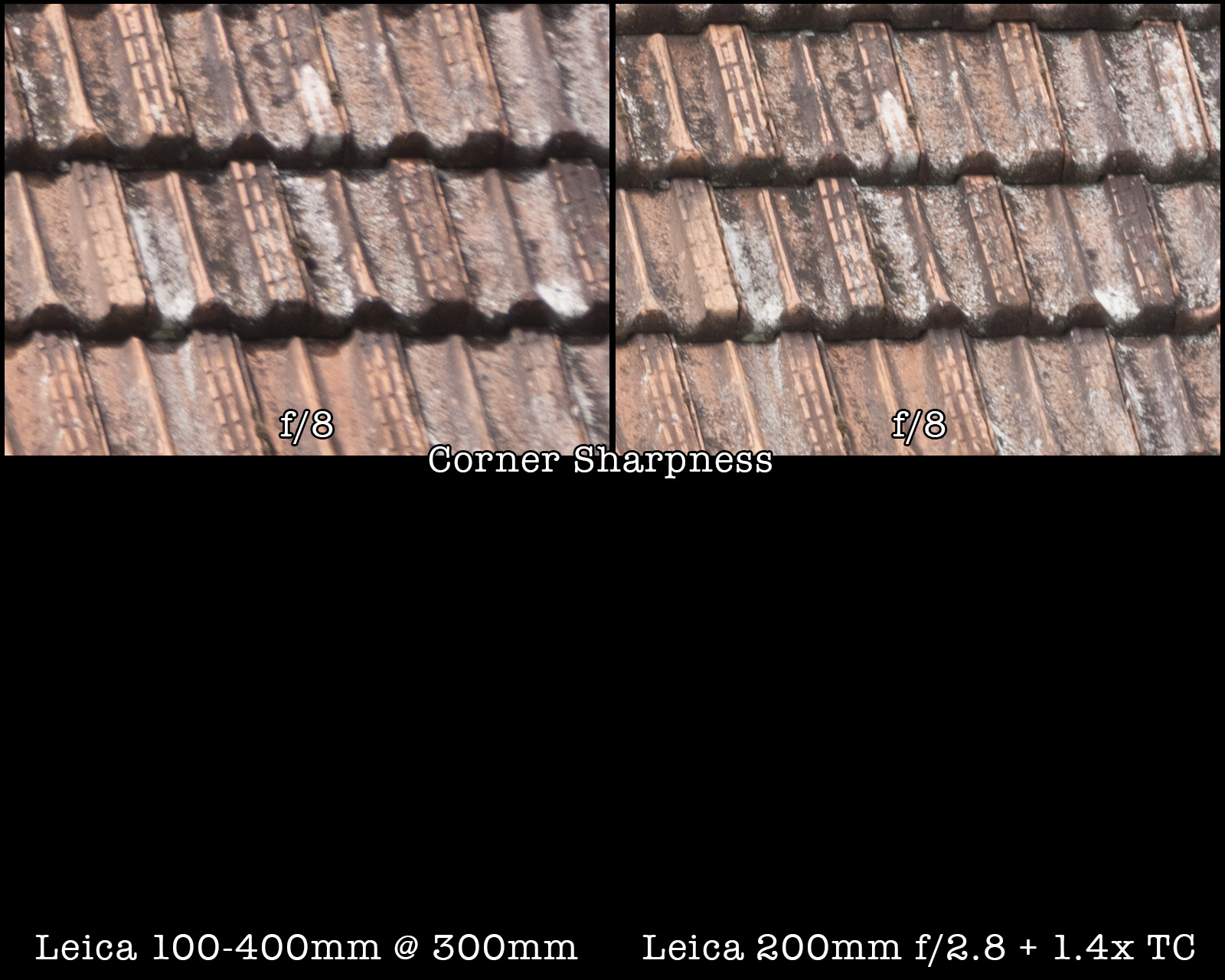
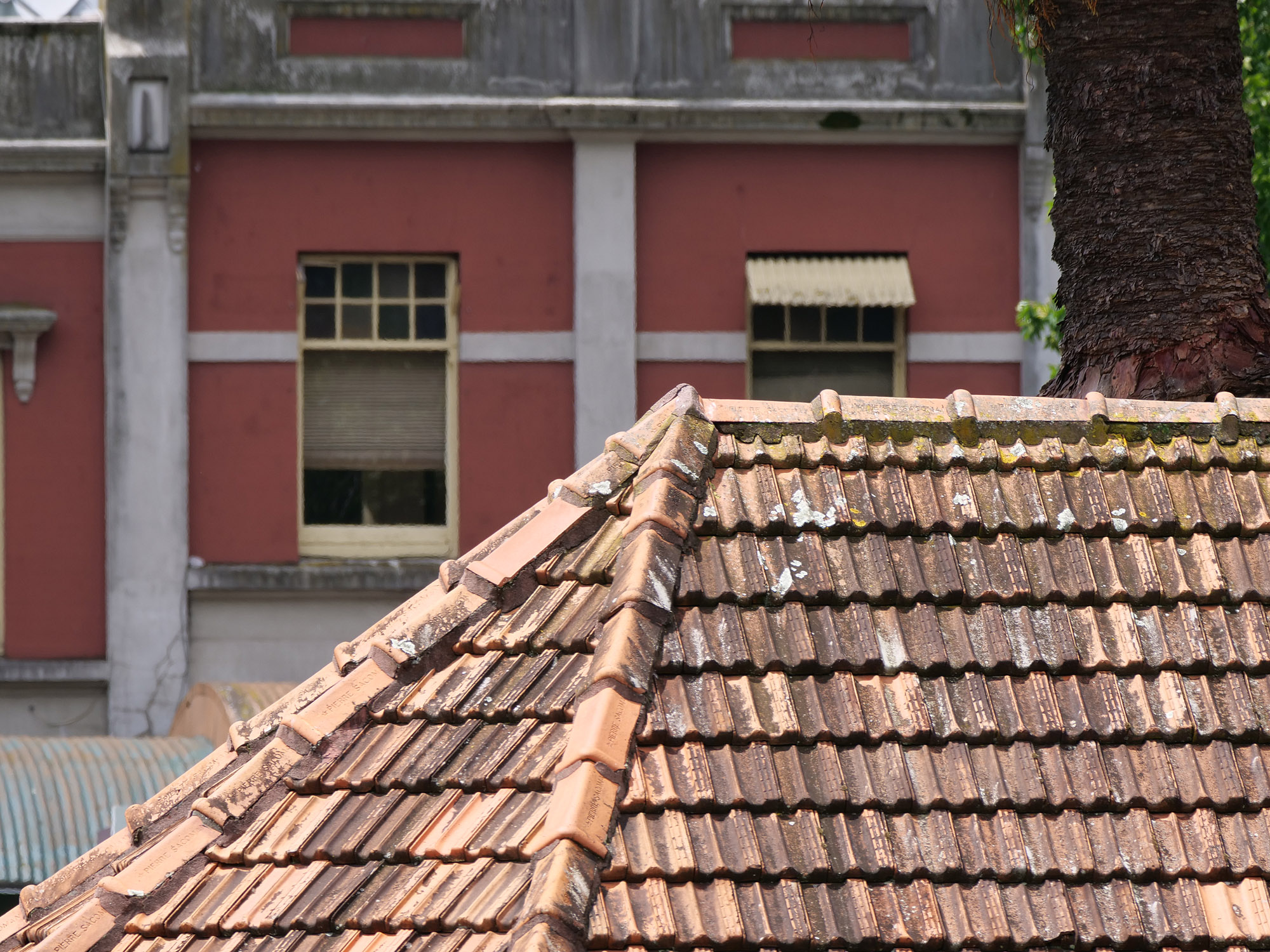
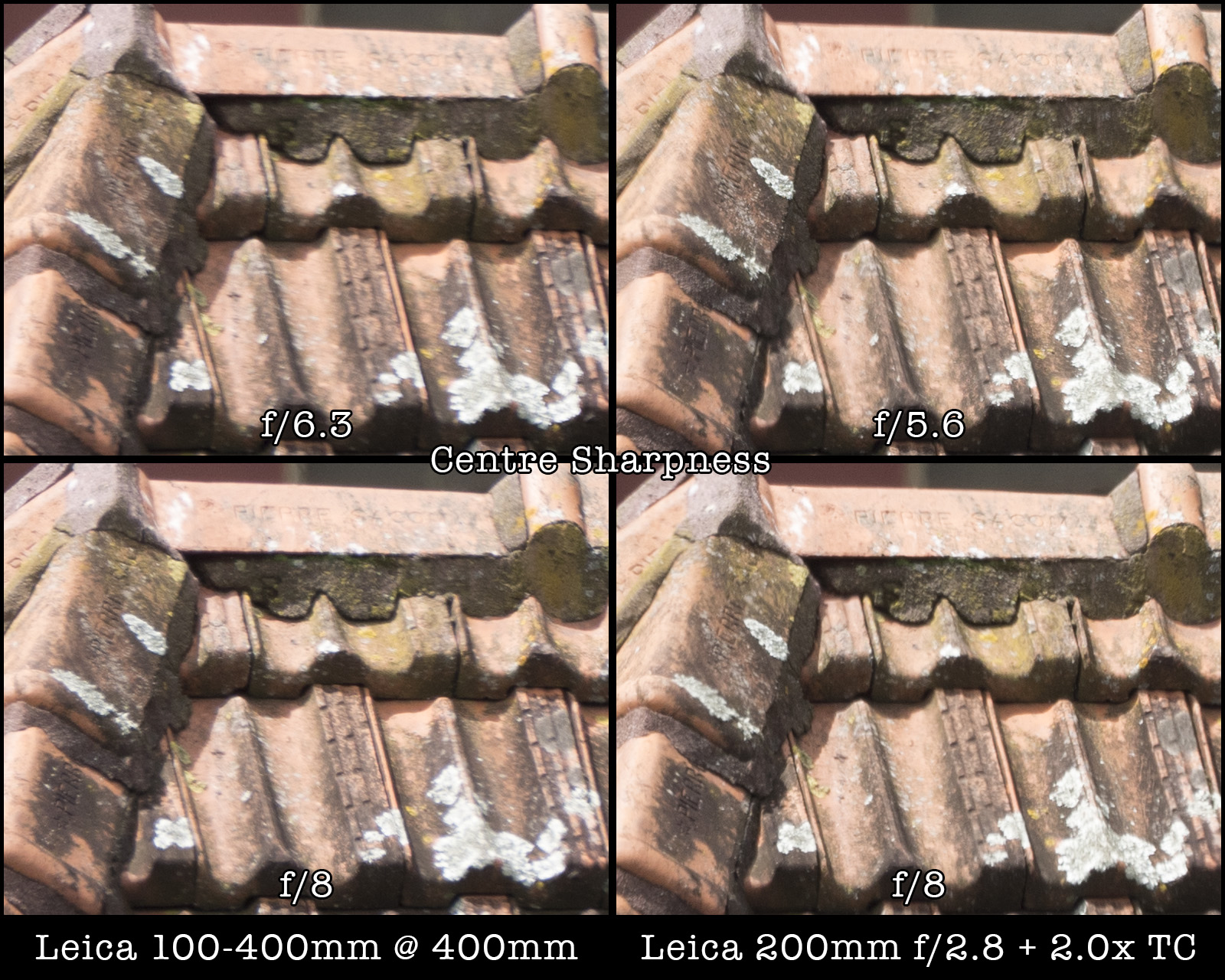
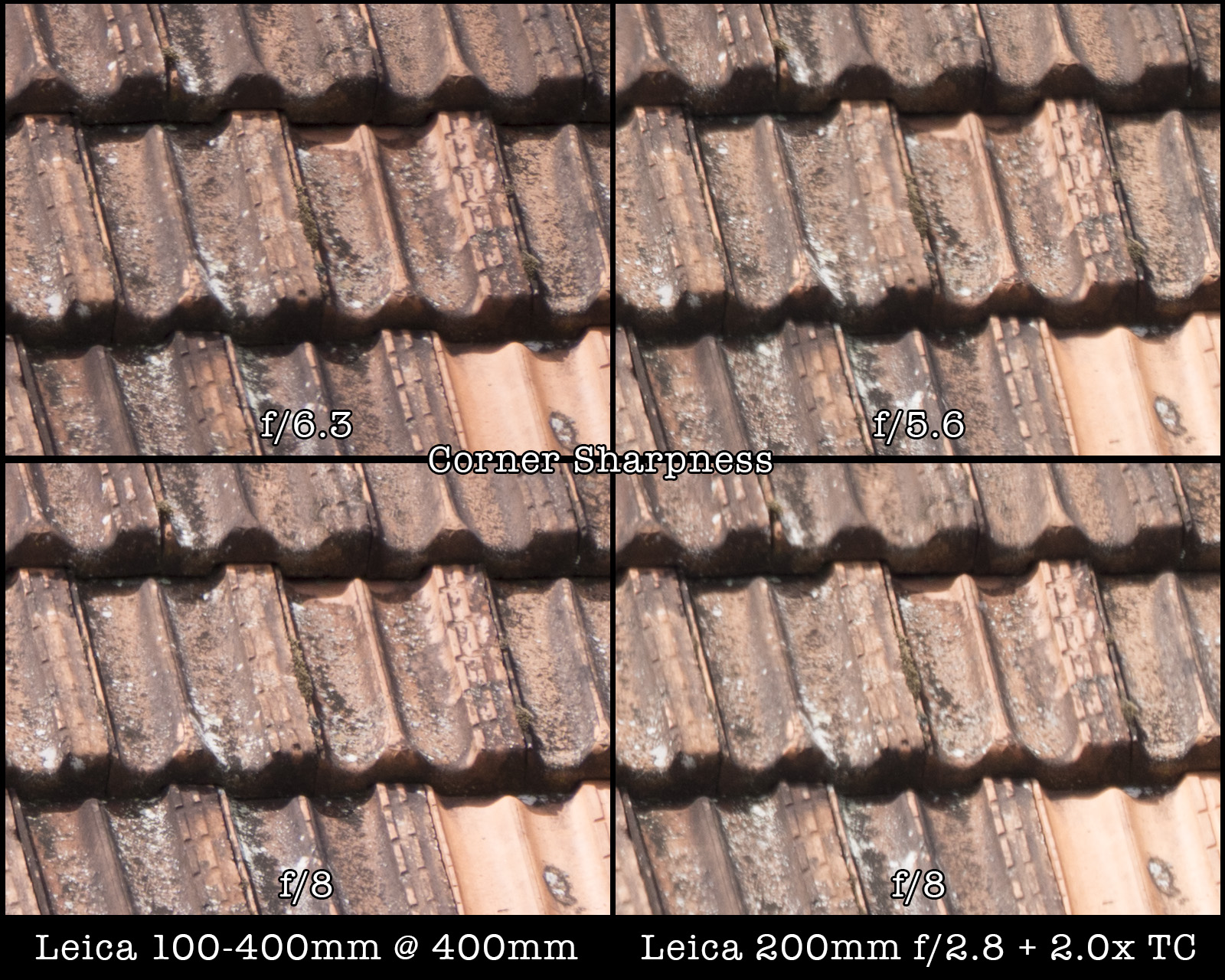
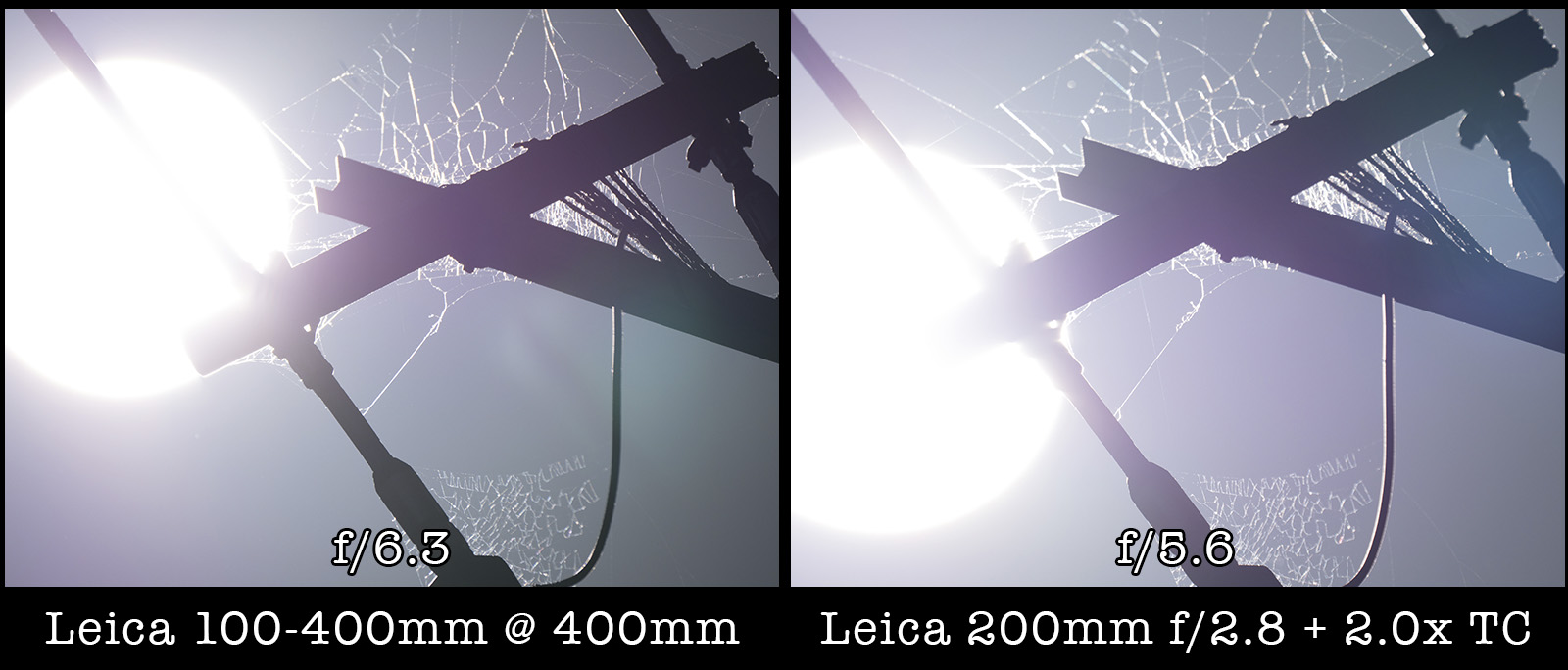
Comments are closed.